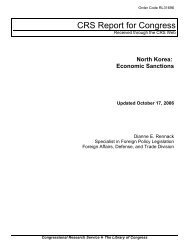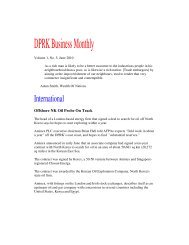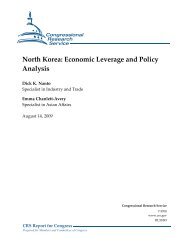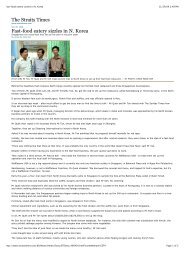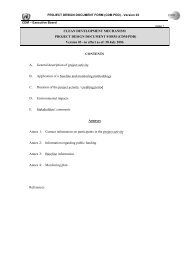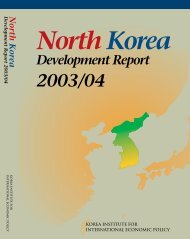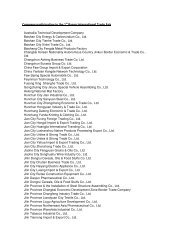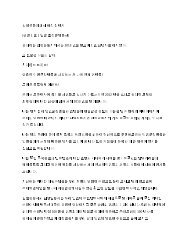North Korean Policy Elites - Defense Technical Information Center
North Korean Policy Elites - Defense Technical Information Center
North Korean Policy Elites - Defense Technical Information Center
You also want an ePaper? Increase the reach of your titles
YUMPU automatically turns print PDFs into web optimized ePapers that Google loves.
But even though the media serve as a political tool of the Kim regime, they are not without news<br />
value, because the propagandist needs the raw material of news content in order to tell his story.<br />
The intelligent news consumer can often separate content from spin to get to the real news.<br />
To take an example, when Nodong Sinmun tells its readers that in the months after<br />
invading Iraq, the U.S. forces fell into a “trap” set by resistance forces, the article provides<br />
background with the news that “it took only some 40 days for the U.S.-led coalition forces to<br />
occupy Iraq.” 36 Trap or no trap, the astute reader can infer that U.S. military power must be<br />
formidable if it vanquished the Iraqi army in a matter of weeks. Likewise, the domestic press<br />
waited almost a month before informing its audience (in a <strong>Korean</strong> Central Broadcast Station<br />
news item) that Saddam Hussein had been captured. The news was placed in the background of a<br />
piece about the continuing attacks against U.S. forces by Iraqis. 37<br />
An interesting question is why the press chose to publish either piece of hard news, given<br />
that neither the quick U.S. victory nor Saddam’s capture was necessary for, or even relevant to,<br />
the main themes of these respective news articles. At other times, so many facts are left out of a<br />
news story that the audience probably can make neither head nor tail of it. For example, <strong>Korean</strong><br />
Central Television (KCTV), presumably referring to speculation that the new nuclear<br />
transparency of Iran and Libya might have some effect on <strong>North</strong> Korea, cryptically says:<br />
“Recently, the United States has been extensively advertising on the incidents [left unspecified in<br />
the news item] they orchestrated in some Middle East countries and is having a hallucination that<br />
the effects from these incidents will be reproduced on the <strong>Korean</strong> peninsula. . . . To expect a<br />
change in our position is the same as expecting a shower from clear sky.” 38<br />
Saying that the <strong>North</strong> <strong>Korean</strong> news is censored would falsely imply that much of the<br />
news gets through, although with some distortion. In fact, only a few foreign and domestic news<br />
items find their way into the <strong>North</strong> <strong>Korean</strong> press, and even those items are usually published<br />
days or even weeks after the event, giving the <strong>North</strong> <strong>Korean</strong> propagandists time to evaluate the<br />
outcome of events and decide how best to report them. Items for broadcast or publication are<br />
selected with great care. Like all organizations in <strong>North</strong> Korea, the print and electronic media<br />
operate under the dual authority of the party and the government. If a published item reflects<br />
badly on the leader or the party, those responsible for its publication may lose their jobs and<br />
possibly even be banished to the countryside.<br />
36 Paek Mun-kyu, “Fate of an Occupier Who Has Fallen into a Trap from Which There Is No Escape,” Nodong<br />
Sinmun, November 28, 2003, p. 6. FBIS KPP20031217000136.<br />
37 KCBS, January 8, 2004. FBIS KPP20040110000030.<br />
38 <strong>Korean</strong> Central Television, January 9, 2004. FBIS KPP20040109000087.<br />
III-14



